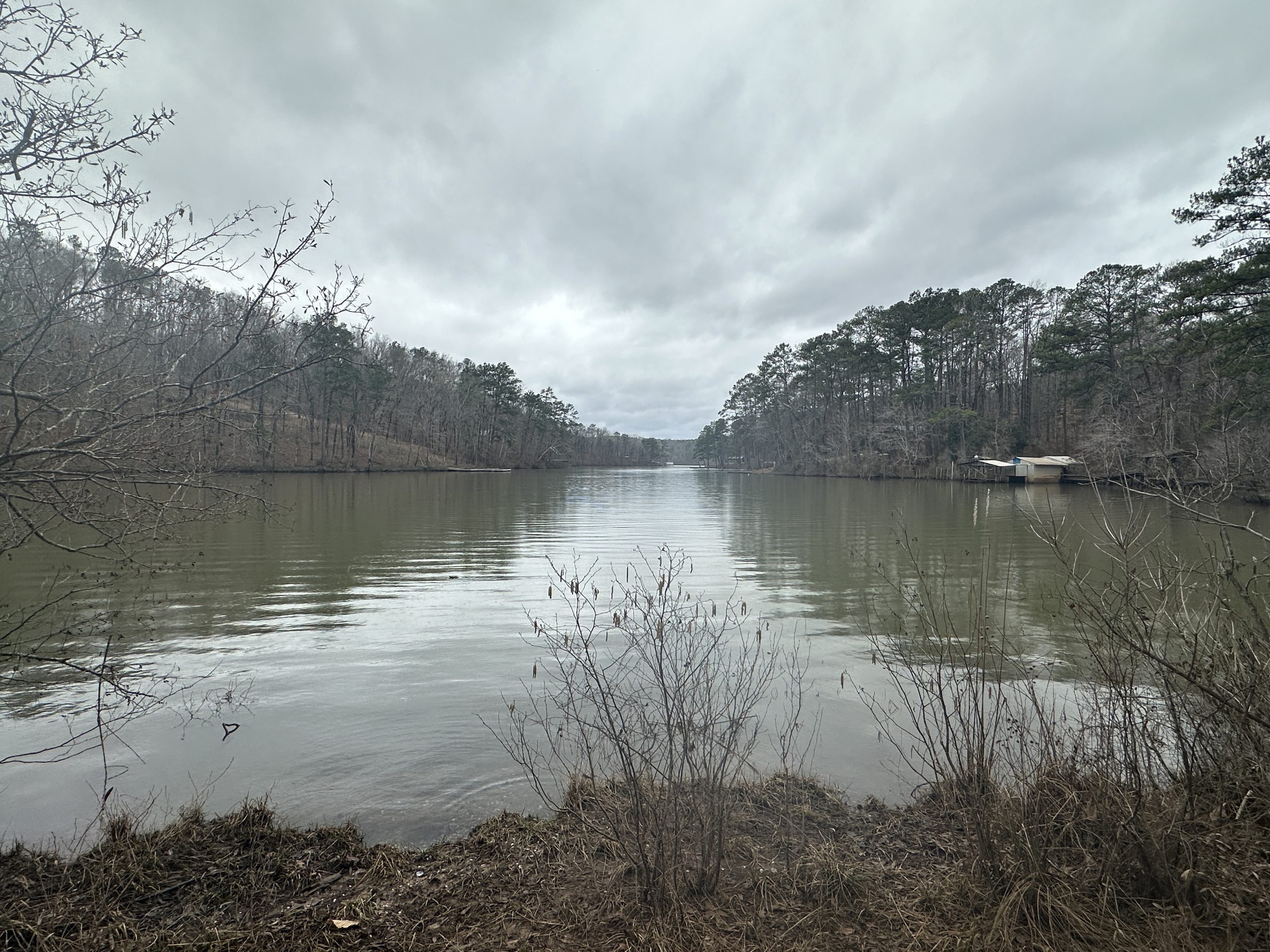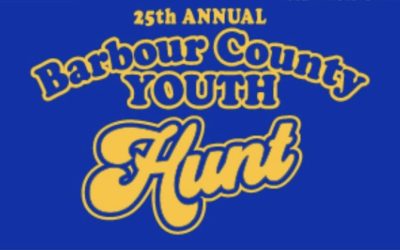Families from Trail Life and AHG Troop 236 recently competed in the “An Amazing Hike – Coon Creek Edition.” The competition consisted of a service project, area information quiz, plant, tree and animal identification, and a scavenger hunt while hiking the 5-mile Wood Duck Trail. The overall winner was the Panther Patrol.
The hike took place on the Coon Creek Tract, a public recreational site, nature-preserve and an environmental study area. It is located in Tallapoosa County and offers anglers, hunters, hikers, canoeists, bird watchers and boaters 320 scenic acres of pine-hardwood creek valley which feed into Yates Lake, also known as Yates Reservoir and “middle pond,” which impounds the Tallapoosa River near Tallassee between the reservoirs of Martin and Thurlow. Alabama Power Co. built Yates Dam in 1928 to create a 1,980-acre reservoir that provides hydroelectric power generation, and recreation.
The Coon Creek Tract provides 6 miles of hiking trails and a public boat ramp. The upland portions of the tract have Northern Bobwhites, Wild Turkeys, sparrows, Eastern Bluebirds, and other woodland birds. Areas bordering the water provide opportunities to see waterfowl, gulls, terns, Ospreys, and Bald Eagles. Wood Ducks, Belted Kingfishers, herons, and egrets are possibilities all year. Many mammals live in the area, including deer, beaver, and raccoons. Coon Creek is a stop on the Piedmont portion of the Alabama Birding Trail and offers the opportunity to view bald eagles, ospreys, and many other waterfowl species.
The Coon Creek Tract is part of the Alabama Forever Wild Land Trust (FWLT), established by a constitutional amendment in 1992. The FWLT has secured more than 284,000 acres of land in Alabama for public use. The FWLT’s acquisitions have also created more than 363 miles of recreational trails within 23 new recreation areas and nature preserves, while providing additions to 9 State Parks and 20 Wildlife Management Areas. The Alabama Department of Conservation and Natural Resources (ADCNR) manages these lands through its various divisions: State Lands, State Parks, and Wildlife and Freshwater Fisheries. The ADCNR is not a General Fund Agency and relies on revenues from hunting and fishing license sales and park visitor fees to support its public service operations.




